North Island Elegy
第五章 北島挽歌
Table of Contents
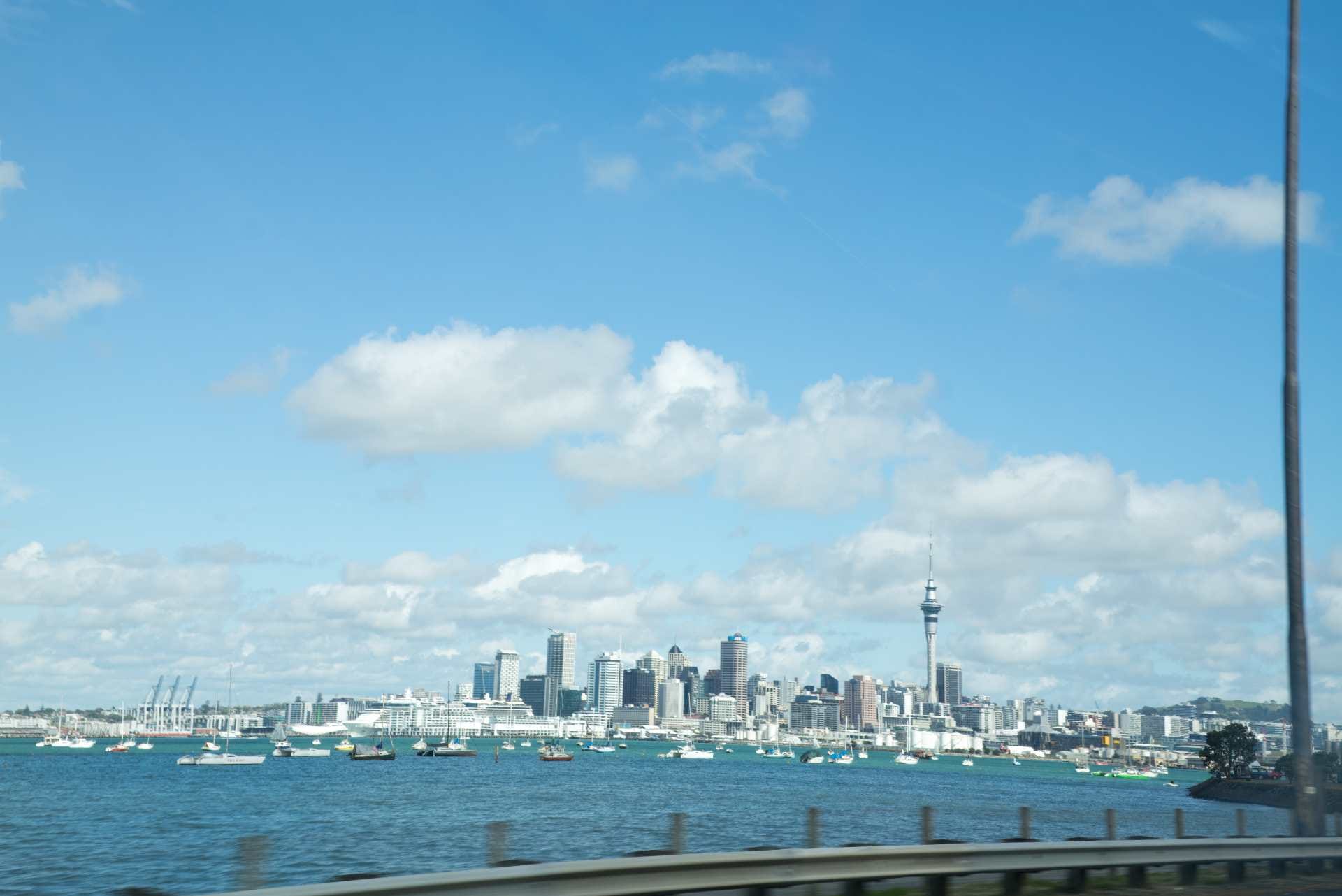
Crossing Into Stillness
We crossed the Cook Strait again — not just between islands, but between seasons of life. This time, we weren’t backpacking on ferry foot decks or watching clouds with idle plans. This time, we had our Honda Odyssey, filled with worn jackets, cooking gear, and the quiet confidence of those who’ve already traveled far.
We arrived in Wellington, north island again, where the wind met us like an old friend — strong, unpredictable, and oddly reassuring. There was no need to linger. The road curled northward, and so did we.
We passed hills that rolled like folded linen, took winding turns through valleys, and chased the scent of sulfur and steam until Rotorua rose before us, breathing through the earth. Tauranga followed — a city brushed by sea light and warm air — a brief pause before the days of work began.
We were headed inland, where rows of cucumber vines waited under glass and mist, and where we’d spend our next chapter not exploring, but living — quietly, humbly, among soil, steam, and the rhythm of hands at work.
Rotorua– Of Steam, Rain, and Stories in the Dark
|In the land where the earth breathes, we let ourselves be warmed by water and welcomed by warriors.
Rotorua was different from anywhere we had been before — not just in sights, but in feeling. The air here carried a weight — the scent of sulfur mixed with the hush of steam. Even the rain felt warmer, more alive.
We found ourselves at a hot spring pool on a grey afternoon, the sky weeping gently as if unsure whether winter had truly passed. The pools shimmered beneath the mist, and without much thought, we ran — barefoot and laughing — straight into the rain.
The cold drops struck our skin, only to vanish in contrast as we slipped into the molten warmth. It was surreal. Cold above, warmth below. My breath steamed, my heart slowed. Around me, strangers moved like ghosts in the fog — quiet, content, as if baptized by the geothermal earth.
It was one of those small, perfect moments that you never plan for. A memory formed not by landmarks, but by temperature, timing, and the joy of being unguarded.
That night, the warmth continued — but this time, from people.
We visited Tamaki Māori Village, where shadows danced by torchlight and ancient stories were carved into every doorway. The welcome was ceremonial, fierce. Eyes met ours with pride. Voices rose in chant and challenge. It felt like being allowed into something sacred, something that asked for silence, then offered song.
We watched as warriors moved with precision, their bodies painted in tradition. Their haka echoed against the carved timber, and I felt both like an outsider and a guest — reminded of how deep identity can root itself into place.
Inside the wharenui, under woven rafters and warm lighting, the songs softened. There was storytelling, laughter, kai (food), game playing, and a shared sense that this culture, though ancient, is still breathing with strength.
That night, I didn’t take many photos. Some experiences ask you to be present, not to document — and Rotorua gave me both.
🥒 Among Vines and Steel – Greenhouse Days in the North Island
|Not all growth is graceful — some climb with itch, grit, and steel underfoot.
After Rotorua’s warmth and Tauranga’s glow, our journey took a turn — not into cities, but into work.
We found ourselves in a cucumber and zucchini greenhouse just outside of Auckland. A sea of green awaited us every morning, row after row of vines stretching upward in humid air. The days were long, the heat unforgiving — but the real challenge wasn’t the sweat, it was the sting.
To help the zucchini grow straight and strong, we climbed narrow steel rigs, walking carefully above the soil. With one hand holding balance and the other guiding vines, we wrapped each stalk onto the support wire — was it steel or plastic? I still can’t remember. But I do remember the itch.
The plants — especially the zucchini — were ruthless on the skin. Each touch sparked a red rash that crawled up our arms, itching and stinging like a hundred tiny needles. Gloves barely helped, and breaks were rare.
But we kept going. Day after day. Wrapping. Picking. Sweating. It wasn’t glamorous, but it was grounding — in the most literal sense.
There was something honest about that kind of work — the kind that doesn’t reward you with money or comfort, but with resilience. We stayed for a month. A whole month of living simply, working hard, and counting our days not by schedule, but by crates filled and arms scratched.
When we finally left, we didn’t look back with regret. Instead, we carried a new kind of pride — one earned not by arrival, but by effort.
A Volcano’s Unfinished Song
|A haunting beauty, written in sulfur and silence.
We came not to conquer, but to witness.
White Island — Whakaari, as it’s known in Māori — is not the kind of place you simply visit. You arrive humbled, wearing a helmet and a gas mask, stepping onto a living, breathing entity that never truly sleeps.
This trip was not actually done with proper research, but rather from a drive along the Tauranga’s Bay of Plenty, we watched from Tauranga as dusk painted the sky — White Island glowing like an ember on the horizon. My wife said that she wanna go there, so we searched and we missed the window and came back from Auckland to visit this island. It must be “less active” so that we can visit the island, as it is an active volcano island.
The journey itself felt cinematic — boarding a rigid inflatable boat under a restless sky, the ocean wind lashing playfully at our jackets. The island loomed ahead like something from a dream half-remembered — a jagged fortress cloaked in steam and secrets.
When we landed, the ground hissed.
Everything here was yellowed and ghostly — sulfur crystals clung to rock like frost from another realm. The earth felt soft in places, brittle in others. Steam poured from vents like sighs from the underworld, curling into the blue above.
We walked slowly, single file, across a cracked and cratered skin. Every step forward came with the strange tension of beauty stitched to danger. You could feel it — the breath of the volcano beneath your boots.
At one point, we passed rusting gears and crumbling concrete — ruins of a sulfur mining operation long abandoned. Nature had not erased them, only weathered them into relics. Through one twisted iron ring, we could see the ocean framed like a postcard — a reminder that even here, life surrounds decay.
I kept wondering how this place existed in stillness, yet held such invisible violence. Later, when I heard about the 2019 eruption, I would think of these photos. Of the day it all stayed quiet for us. Of how fragile silence can be.
There are no trees here. No birdsong. Just the constant, low murmur of the earth — like something ancient remembering its name.
And yet, I felt strangely calm at that moment.
It’s easy to forget how much power lies beneath our feet. But White Island doesn’t let you forget. It reminds you, with every hiss, every crackle, every soft waft of sulfur through your mask.
By the time we returned to the shore and climbed back into the dinghy, I felt changed. Salt on my skin. Smoke in my memory. A place that doesn’t want to be tamed — only seen, felt, and remembered.
A volcano, unfinished, this place is simply so wild in North Island.
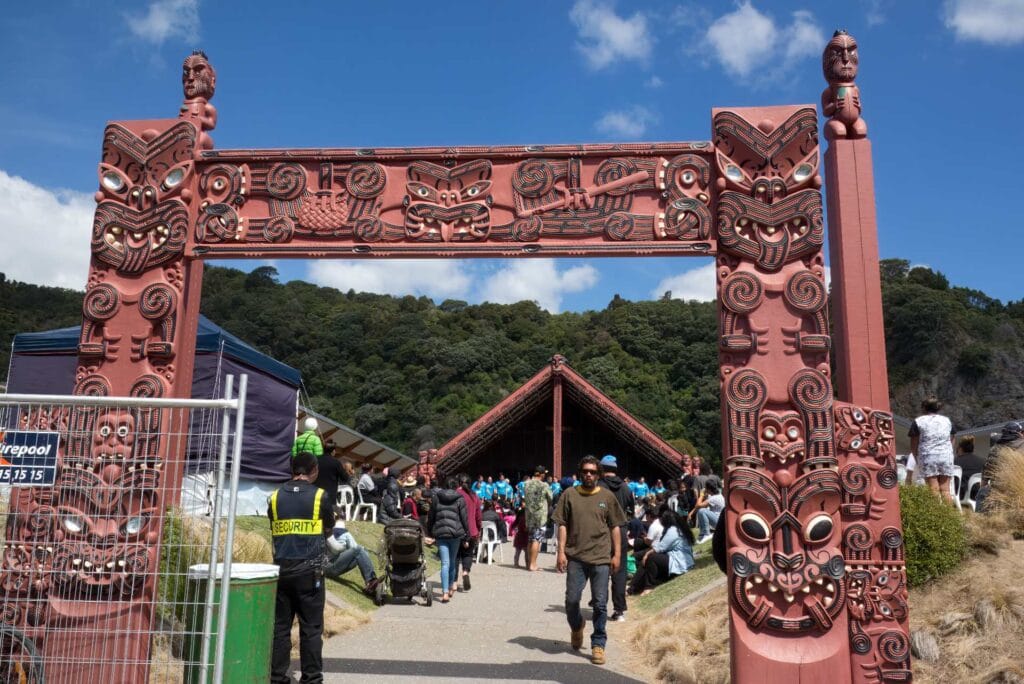
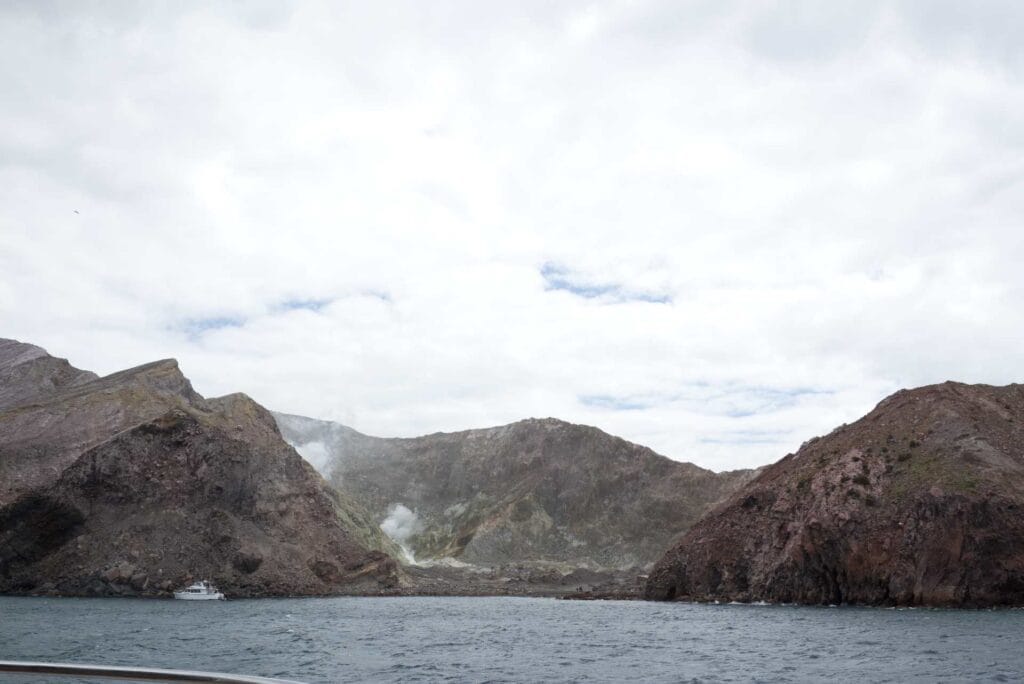
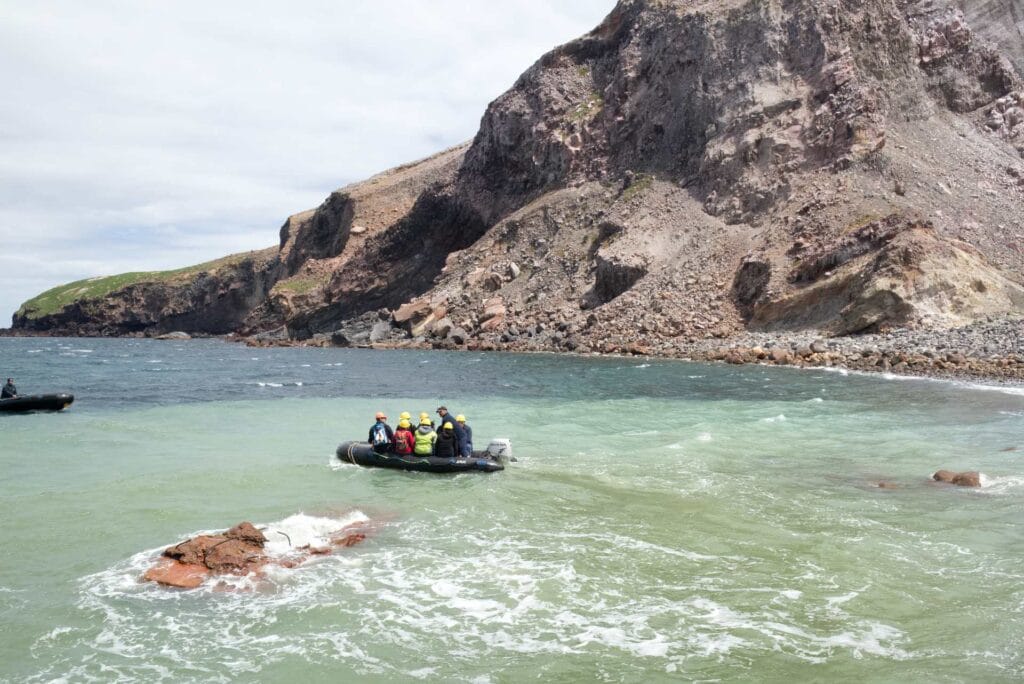
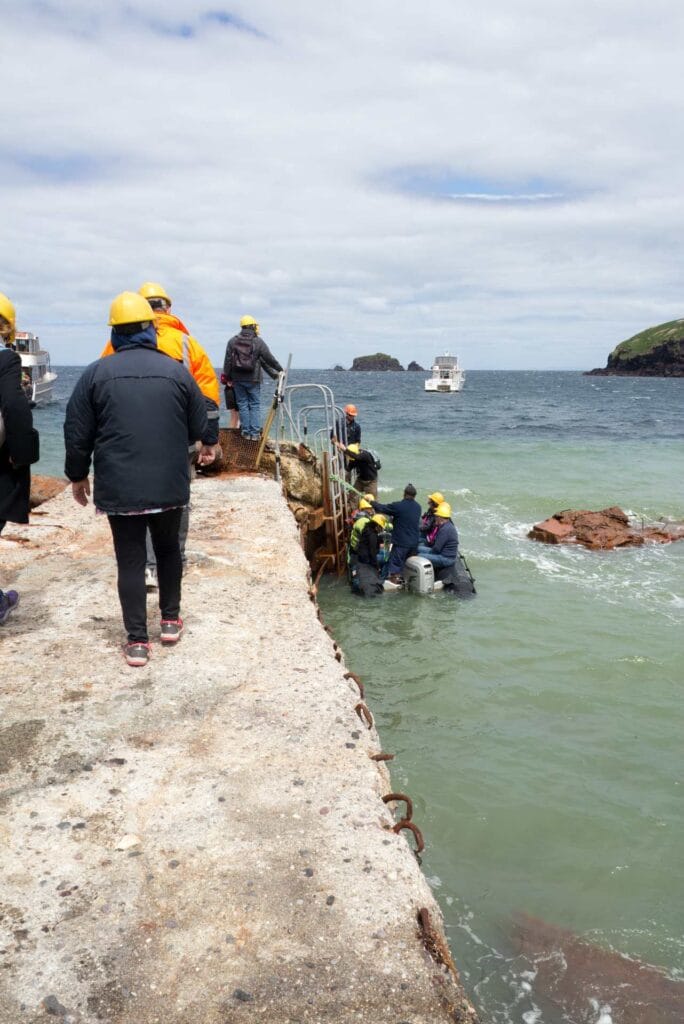
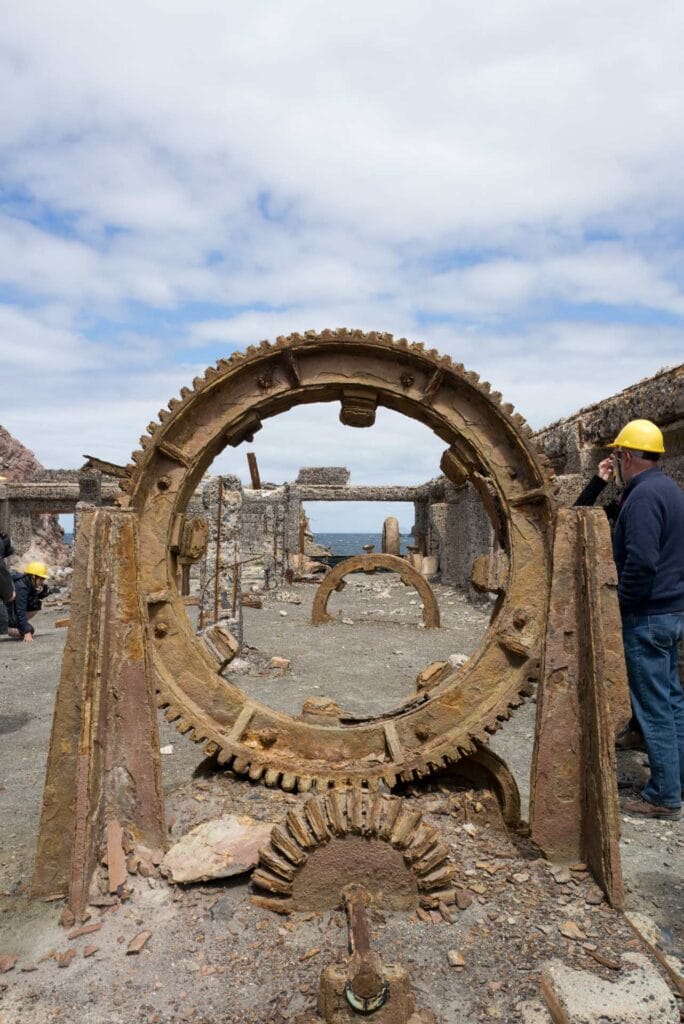
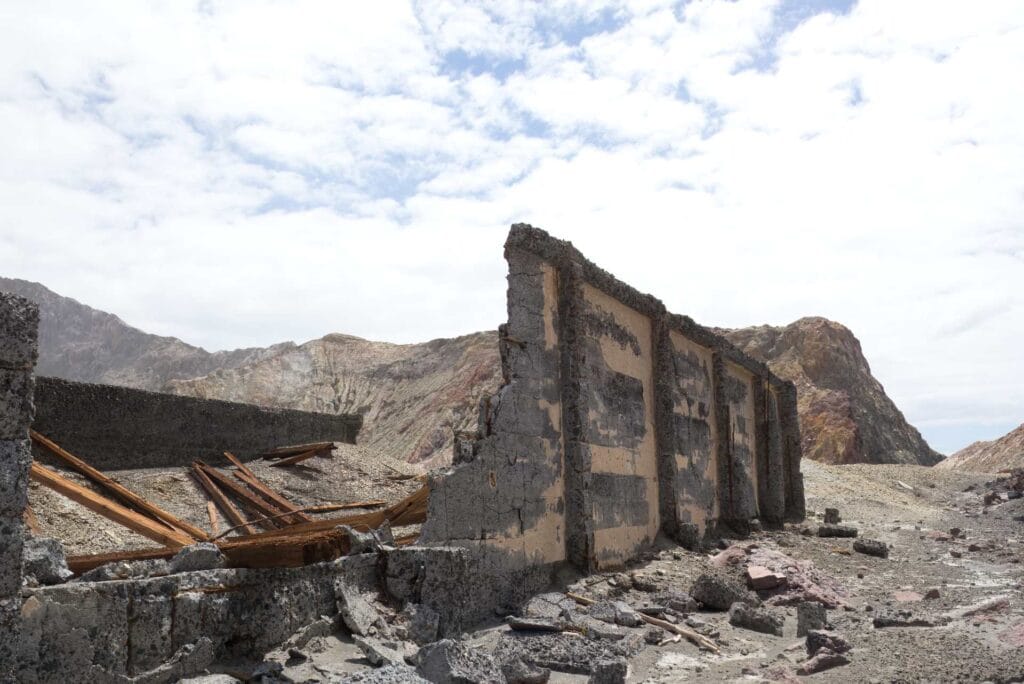
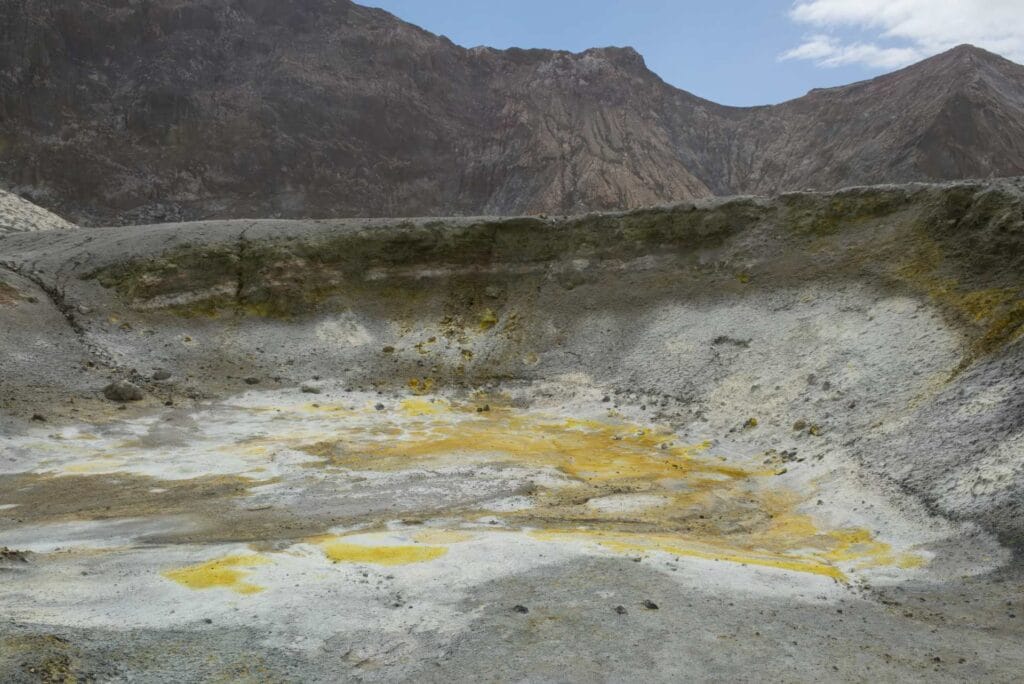
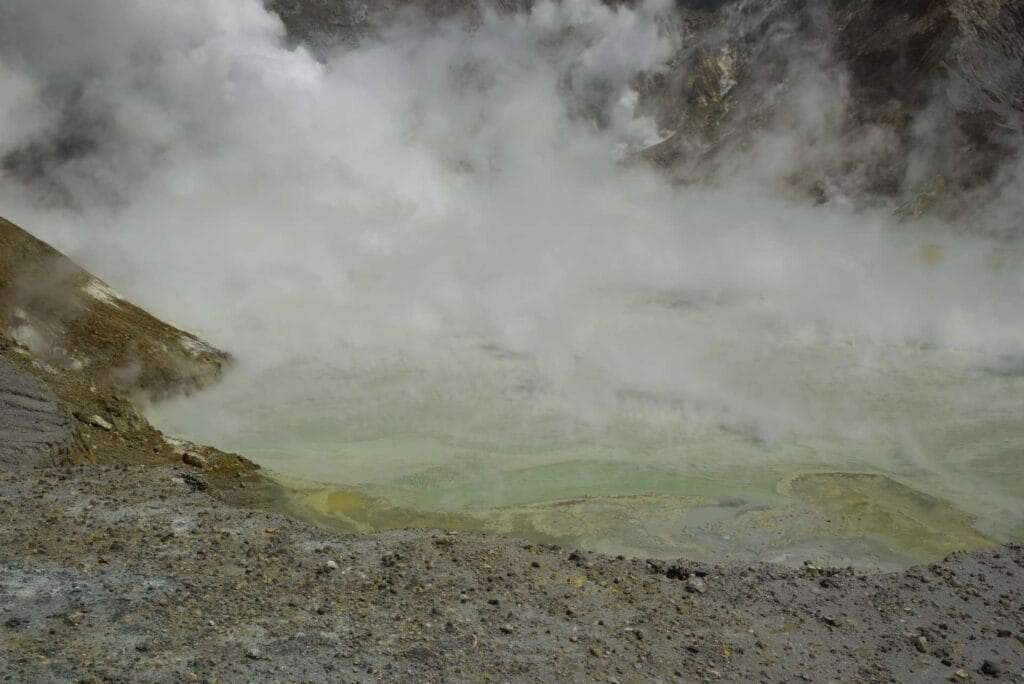
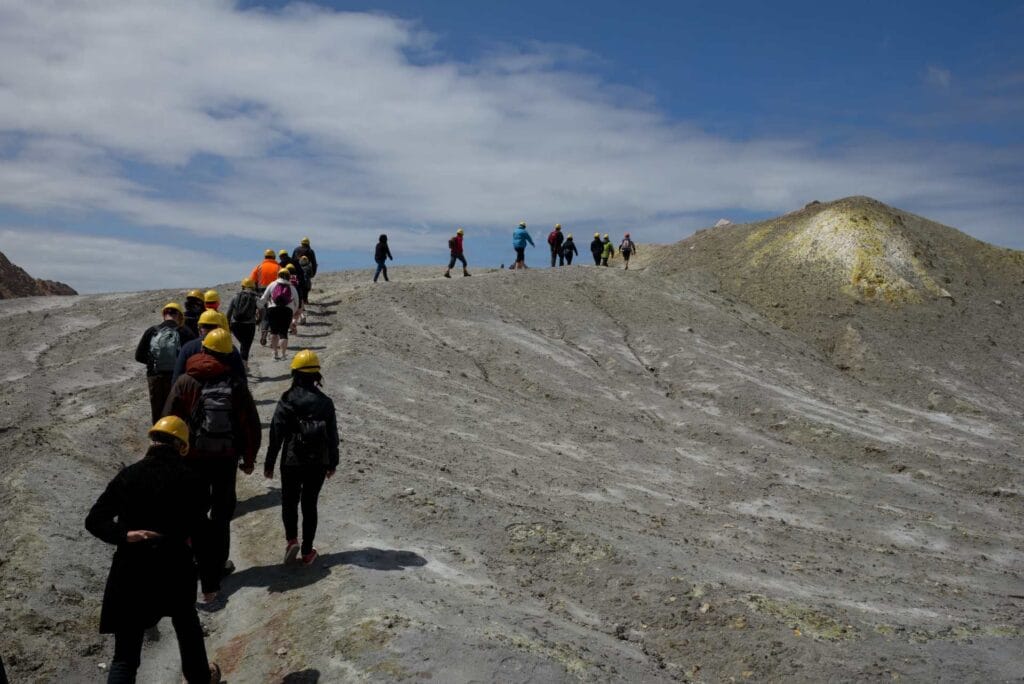
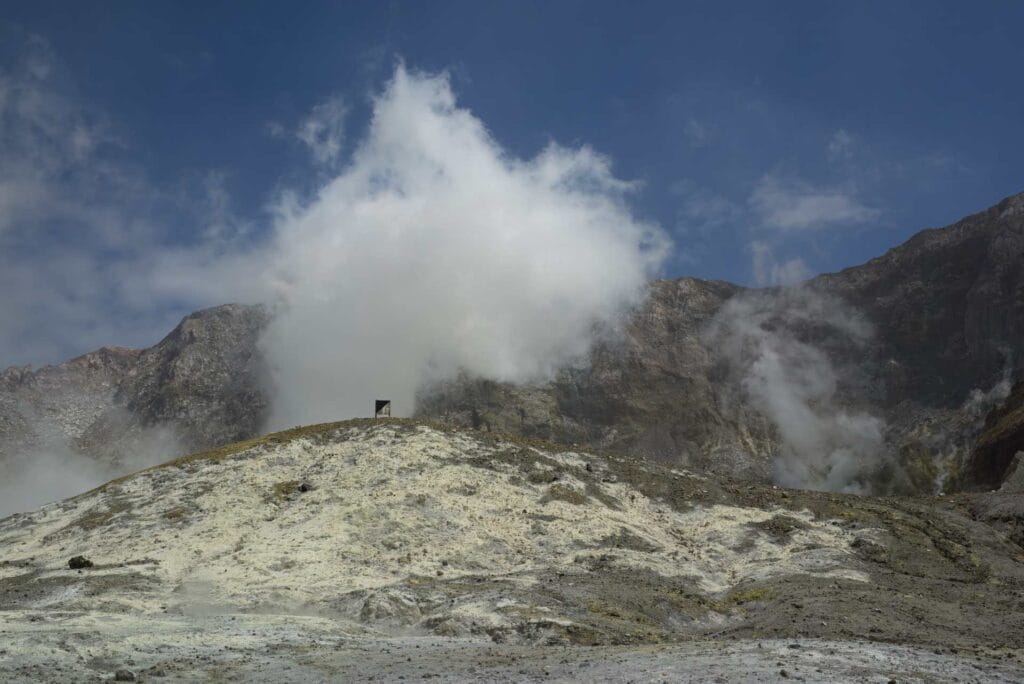
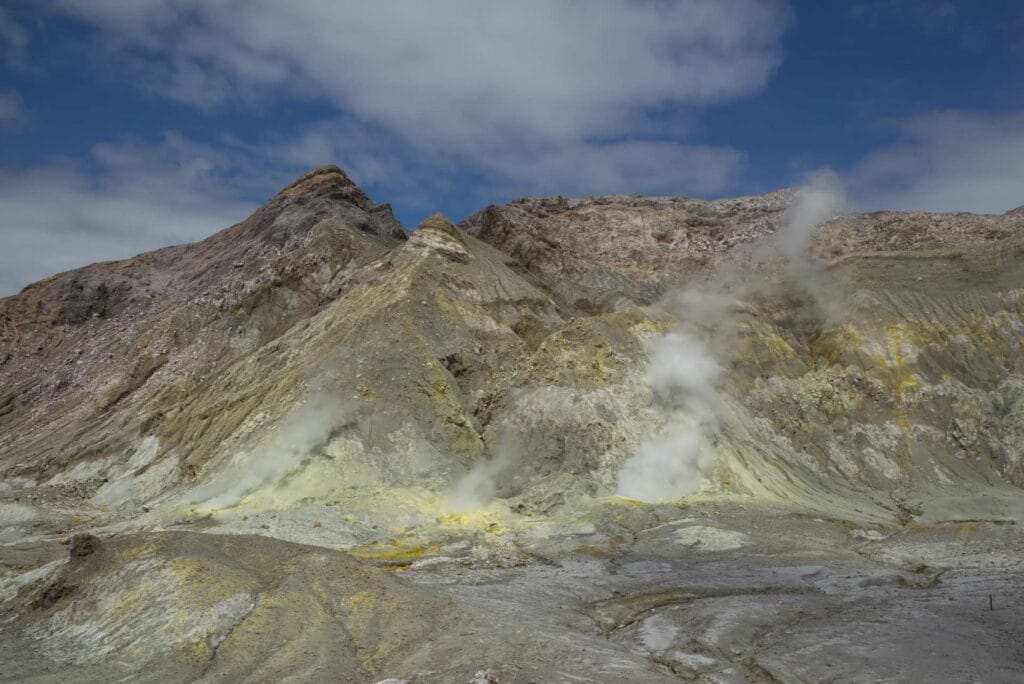
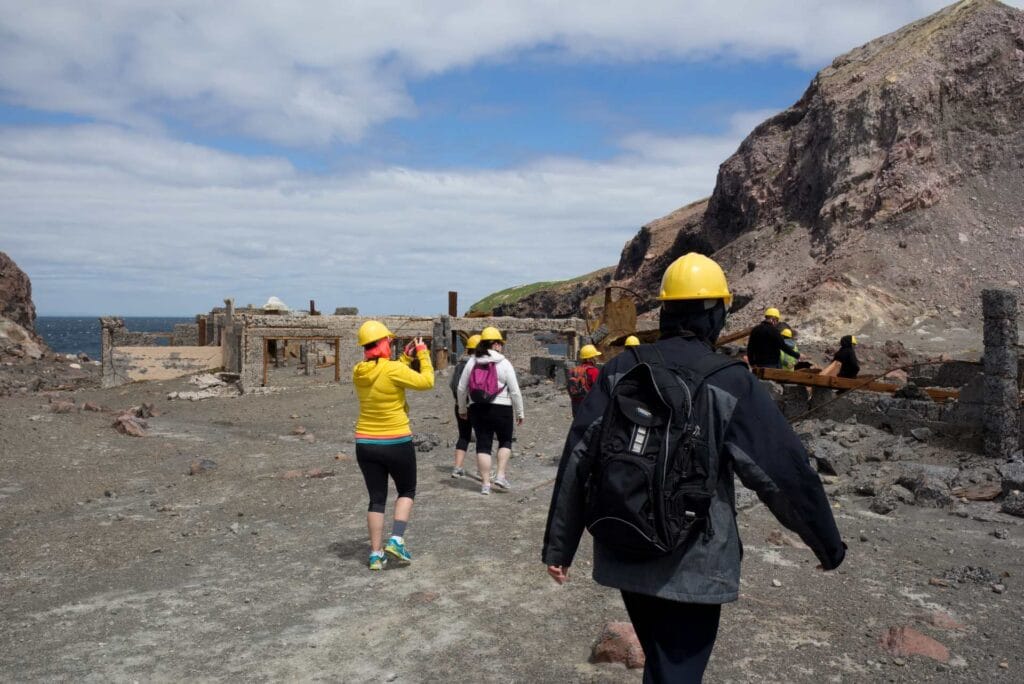
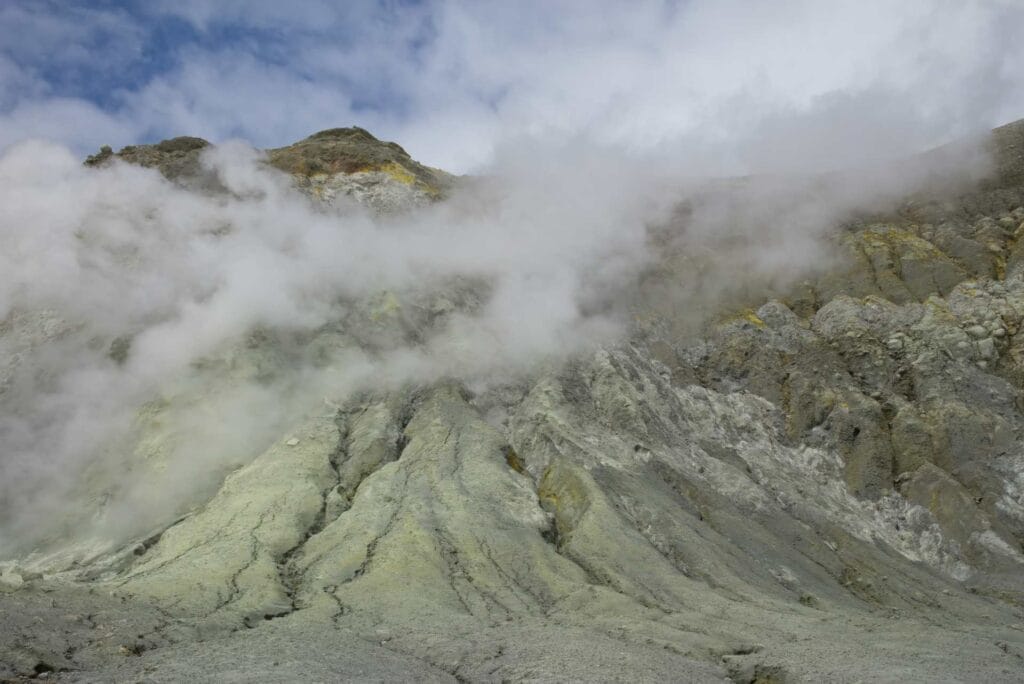
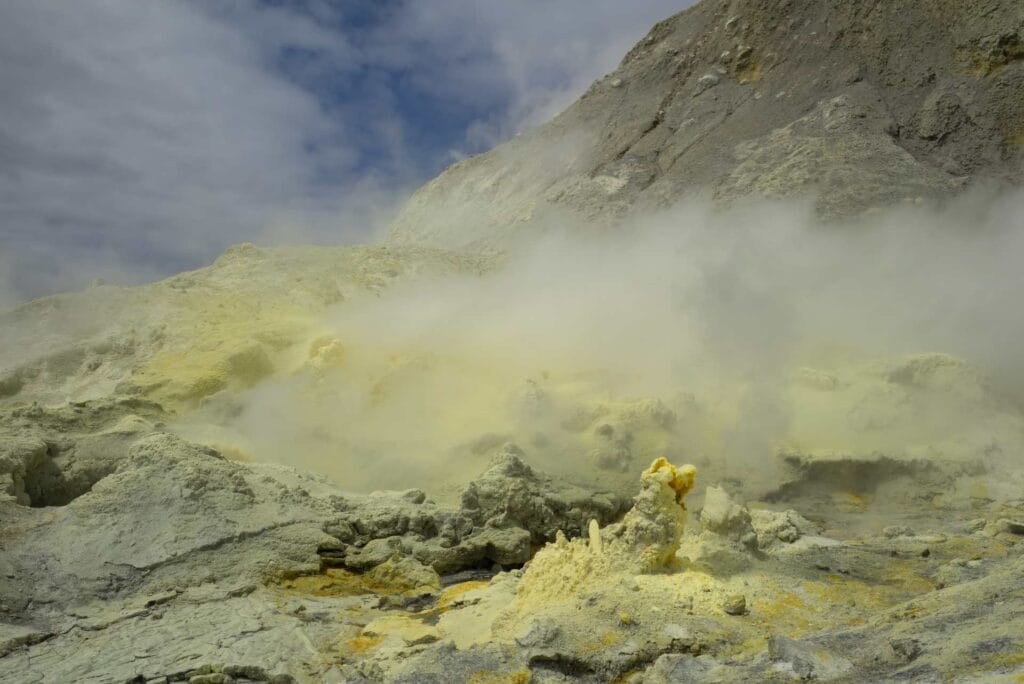
✨ Reflections on Work, Youth, and a Land That Lets You Grow
|A season of growth, where foreign soil became our classroom, and every small struggle taught us how to stand on our own.
Packing our lives into a suitcase and flying to a land we had never seen — that was our first bold step. With just $2000 each, we landed in New Zealand, not as tourists, but as travellers, workers, and learners. No parents, no plan B — just faith, friendship, and a Honda Odyssey.
For many youth — especially those raised in Asia where the safety net of family is tightly woven — this was our true coming of age. We found jobs on our own, managed our budgets, arranged our own accommodation, negotiated pay, bought a vehicle, and navigated a foreign land where no one owed us anything. There was no tour guide, no fixed path. Everything was learned by doing — and by failing, sometimes.
But what made it all possible… was New Zealand.
This country is special not just for its beauty, but for its safety. Safe enough to make mistakes. Safe enough to leave your car unlocked and not panic. Safe enough to sleep in the middle of nowhere — in a van, under the stars, by a lake, or beside a quiet forest. No snakes. No bears. No tigers. No lurking fear. Just space to breathe, to explore, and to grow.
It’s a land that lets you figure life out — gently.
It taught us responsibility without threat.
It gave us freedom without fear.
And that, perhaps, is what made it unforgettable.